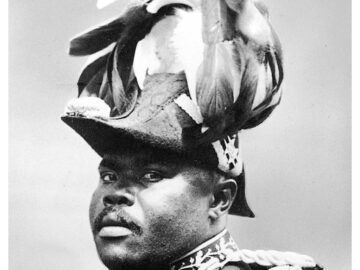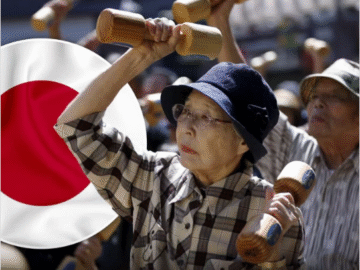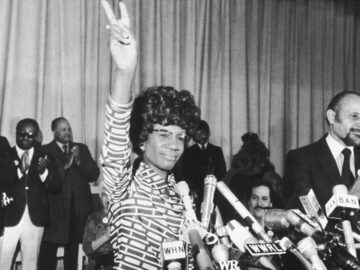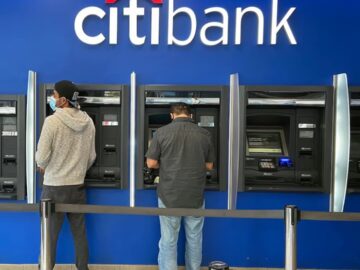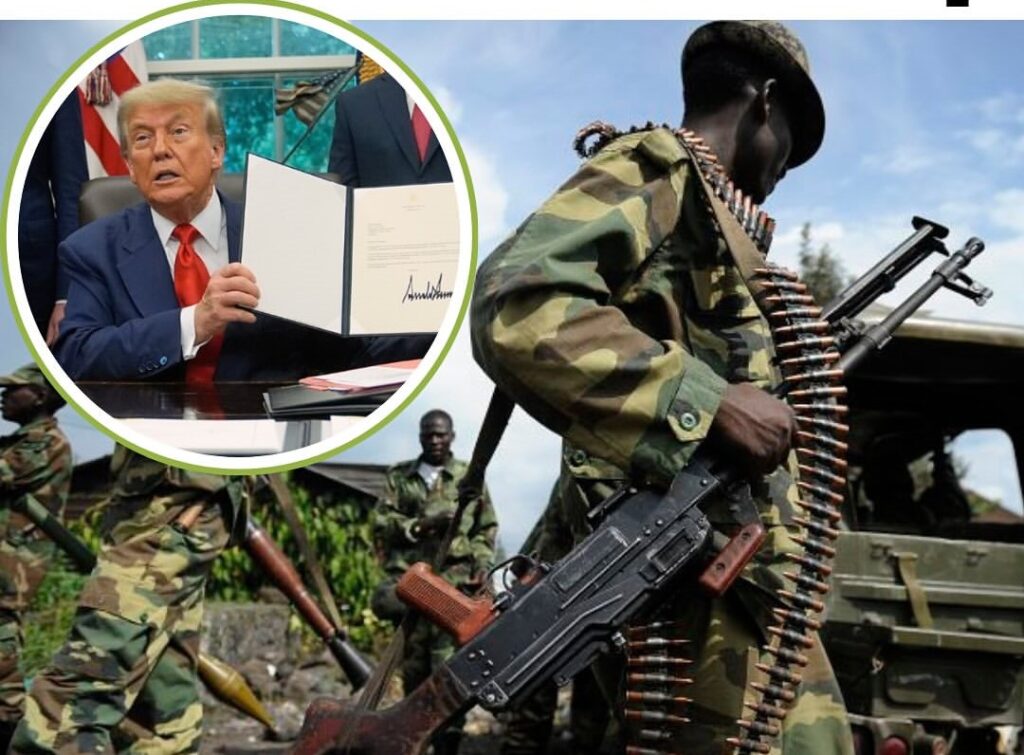
“Peace should not come at the cost of control over our own resources,” As Congo and Rwanda sign a U.S.-brokered peace agreement to end decades of conflict, questions are growing about what’s being exchanged behind the scenes. Donald Trump, who played a direct role in the negotiations, confirmed that the U.S. will receive significant mineral rights as part of the deal.
“We’re getting a lot of the mineral rights as part of the deal,” Trump told reporters, referring to Congo’s vast reserves of cobalt, coltan, and rare earth minerals—resources critical for smartphones, electric vehicles, and defense technologies.
The agreement aims to end years of bloodshed, particularly in eastern Congo, where rebel groups like M23 have destabilized the region. It includes joint security measures, economic cooperation, and a pledge to combat armed militias. Rwanda, long accused of backing some of these groups, denies the claims but has agreed to terms that signal a shift in regional diplomacy.
While many hail the deal as a step toward peace, critics are wary. Activists have expressed growing concerns across the continent about neocolonial extraction.
Supporters say the deal could bring stability and development. But observers from the African Union and beyond caution that foreign access to strategic minerals must be handled transparently—lest the region repeat the cycles of exploitation that have defined its past.
